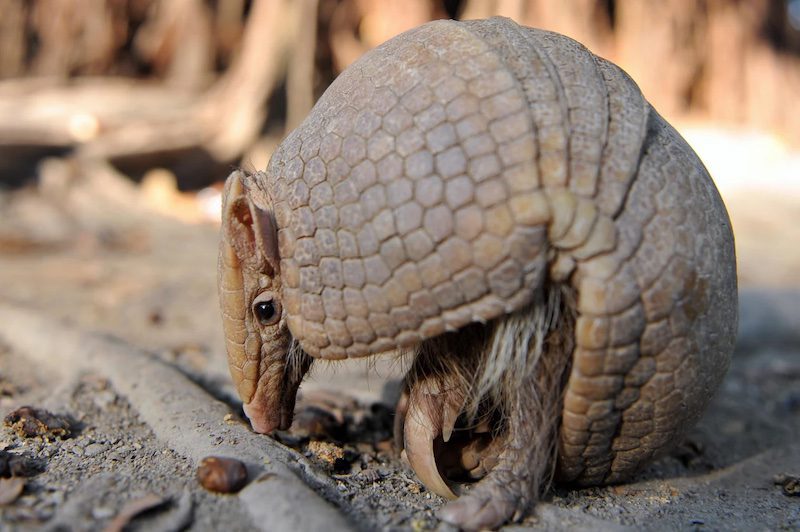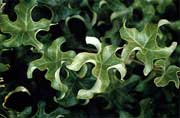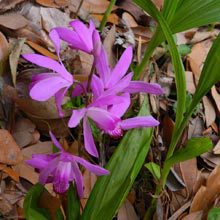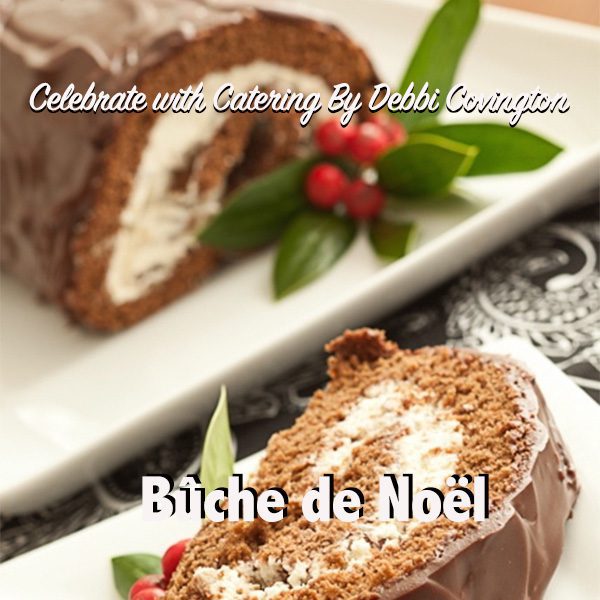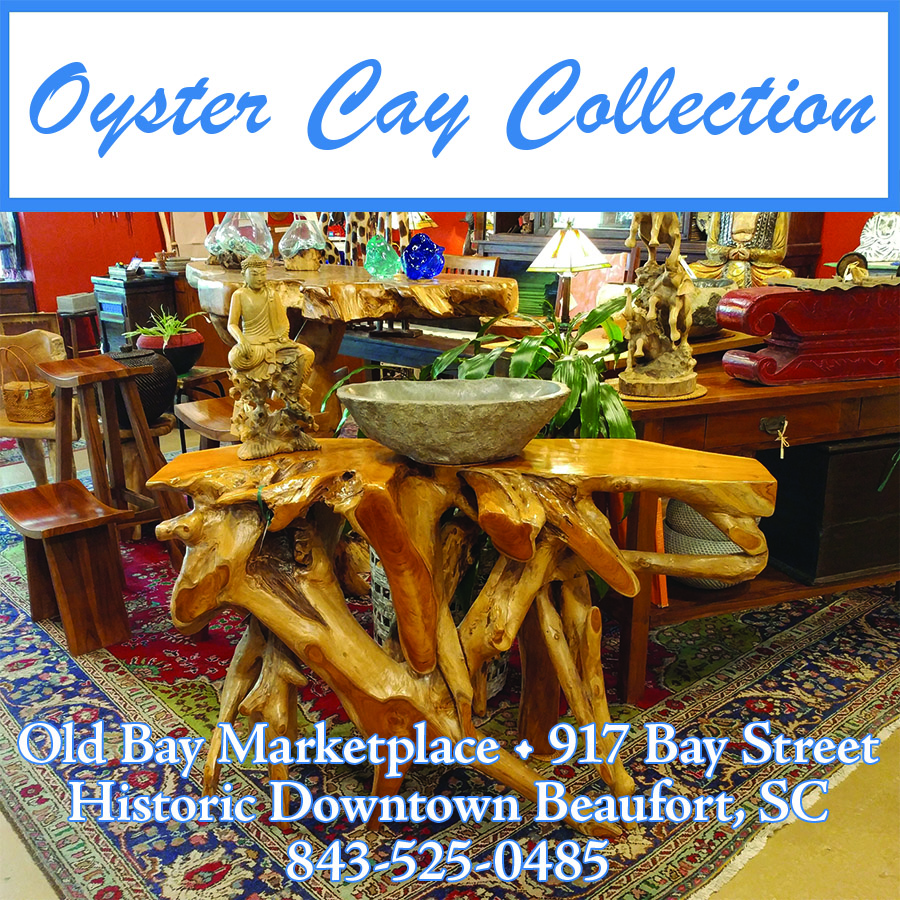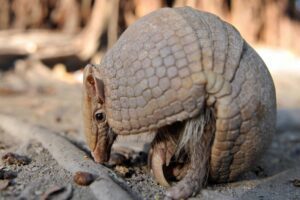 With so many new residents in our area, I decided to give a few pointers on what to expect garden-wise. I suspect that many of our newcomers are from up north. I know that I am. I did live in Louisiana when I was four, but of course, I was not gardening. I do remember that the army base where I lived had a pet armadillo. It was an armored division- get it? I remember Magnolia blossoms, buying watermelons off the back of a truck, and catching crawdads withbacon on string, but not a lot else.
With so many new residents in our area, I decided to give a few pointers on what to expect garden-wise. I suspect that many of our newcomers are from up north. I know that I am. I did live in Louisiana when I was four, but of course, I was not gardening. I do remember that the army base where I lived had a pet armadillo. It was an armored division- get it? I remember Magnolia blossoms, buying watermelons off the back of a truck, and catching crawdads withbacon on string, but not a lot else.
Fast forward fifty years and I am now living down south after years in Ohio and Massachusetts with a few other states in between. Now armadillos are a scourge to be dealt with instead of a pet. And we have air conditioning. In 1950, we had lots of fans. I don’t remember the summer being so hot and humid.
So what are the most important differences that newcomer gardeners from the north need to understand? Two particularly come to mind- climate and soil.
Let’s discuss climate. First and foremost, you are not in Kansas anymore. We are in a totally different zone and our planting seasons are reversed. We are in agricultural zone 9A which means that our minimum winter temperatures are between 20 to 30 degrees Fahrenheit. Our summer days are usually in the mid 90’s with an even hotter heat index due to humidity. Up north you planted in the spring to allow things to develop a strong root structure during the warmer months so that they can survive the cold, snowy winters. In the south plants can develop more efficiently during the winter to prepare for our hot and humid summers. Because of this, it is better to plant shrubs and perennials in the autumn. Of course, garden centers seem to have a more abundance of plants in the spring which does not help.
Our soil is also different. The soil here tends to be clay or sand and sometimes sand on top of clay. While clay does have nutrients, it does not drain well. Sand has little nutrients and drains extremely well. Our soil also has excessive phosphorous in many cases. Too much phosphorous can deplete the iron in our soil. What does this all mean for the average gardener? Do not add fertilizer that contains phosphorous. On the fertilizer bag, phosphorous is the middle letter in NPK (Nitrogen, Phosphorous, Potassium). Look for something that says NPK 10-0-10 which means that you will not be adding more phosphorous to your soil. I have found that enriching our clay soil with organic matter makes a difference. I use mushroom compost which is readily available and not expensive. Mulches like pine straw or shredded hardwood can also add organic matter to your soil as well as protect plants from excessive heat or cold.
The year around mild climate makes things grow quickly down here. A chapter in my book on Lowcountry Gardening is titled “Why Are the Shrubs Eating My House?” You might find that to be all too true. Landscapers tend to plant things too close to our houses and they also occasionally plant things that grow much too tall at maturity to be along a foundation or in front of windows. A common landscape shrub that is over–used and placed in the wrong location is sweet Viburnum (Viburnum odoratissimum). This shrub can reach twenty feet tall, but because it is fast growing, many landscapers put it right next to the house to cover the foundation. In time, it will cover windows and challenge the roofline. If you do not wish to be pruning every week, carefully read about the shrubs you purchase to see what their height and width will be at maturity. What is small now could become a house eating monster with time.
A common error made by newcomers to our area is that they want to plant what they did up north. Peonies, lilacs, forsythia, and many garden flowers that we have known and loved just will not grow here. They may grow in the northern part of the state, but not in the Lowcountry. We do have lovely plants that grow here such as Gardenias, Camellias, and Azaleas. Instead of lilacs, our chaste tree (Vitex agnus-castus) has similar blossoms. Roses will do well down here with little care, especially the easy to grow Knock-Out varieties. Any plant that has “Mexican” as part of its common name such Mexican petunia, Mexican heather, and Mexican sage will flourish in our heat.
Do not mourn what you cannot grow in the South and instead embrace our unique climate and natural beauty and you will do fine as a gardener.

